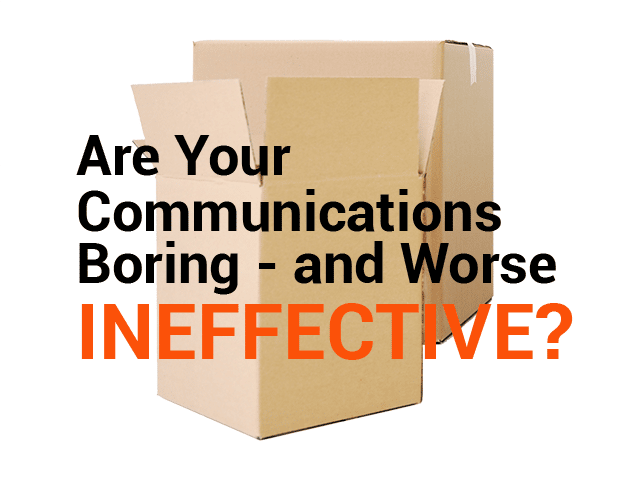I had someone tell me recently that their competitive position was “high quality at an affordable price.”
In the marketing world, this is a golden oldie. I hear some version of this truism year in and year out, often from very talented business people. It is surprisingly resilient.
Let me explain why this is a competitive trap and how you can find a quality-based positioning that works.
The problem with “high quality.”
Quality is a “table stakes” value proposition; the necessary but not sufficient condition for market competition.
The market expects that all suppliers will deliver a quality product. In this era of educated consumers, everyone discounts a blanket statement that supplier A’s quality is higher than that of competitors. “A” might be the company that means it, but high quality is what everyone claims. There is no practical way to differentiate based on ambiguous quality assertions.
The market won’t buy it.
The problem with low price.
But even if you could eke out a small differentiation based on a generic high-quality claim, you lose that advantage by pairing it with a low-price tactic.
Price is a universal indicator of quality to buyers. A high price is a primary indicator of high quality. The lower the price, the lower a buyer’s perception of product quality is likely to be.
The problem with high quality at an affordable price is obvious. One or the other position won’t be credible to buyers. In fact, you may push them into deciding that it is a euphemism for a cheap product and to move on to spend more money on a better product. This is the trap that you fall into by straddling the fence.
There are exceptions that prove the rule (e.g., cost savings from innovation), but if you intend to beat your competition on quality, you must pair it with a consistent pricing strategy.
For example, Apple.
Can you win on quality?
Yes. There are many ways to stake out an effective quality-based position. The most successful quality strategies share two traits: They are compelling to a targeted market segment, and they allow for some form of objective validation. Here are just a few examples (feel free to add more in the comments section):
- Market share as quality. If you are lucky enough to have a significant market share that you can substantiate, you can claim this as your high-quality indicator. (“We wouldn’t be the leader if we weren’t better.”)
- Validate quality with social proof. Reviews are vital today for both products and services. One or two won’t do. You must field an impressive number of 5-star or equivalent reviews. The recipe for this is beyond our scope, but your social proof must be convincingly better than that of competitors.
- Quality based on unique features. A unique feature must offer direct mission-critical advantages (ROI); even better is a feature that disrupts an established market segment and leaves competitors scrambling for a response.
- Quality based on industry/press reviews. A series of mentions in respected editorial sources can go a long way toward validating your quality claim. One lucky hit is not enough. You need multiples for this strategy to work. The difficulty in replicating coverage is why the best media consultants get paid so well.
The challenge, of course, is that each of these approaches requires a service or product provider actually to deliver demonstrable quality. This is an exponentially higher bar than merely claiming high quality.
If you can take your quality claim up to this next level, though, it is worth the effort. The resulting positive market presence can create a sales momentum that promotion alone cannot match. The reassurance of provable high quality can be a crucial factor in the decision to pull the trigger on a purchase. A reputation for high quality will also help insulate you against downward price pressure.
So, over to you.
Take a look at your promotional language. If you find some version of high quality at an affordable price, don’t panic. Take this as an opportunity to firm it up or to look for an alternative strategy that can make an impact.
Or, take two aspirin and call me in the morning.





